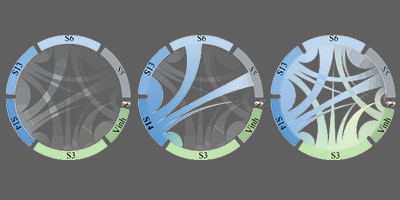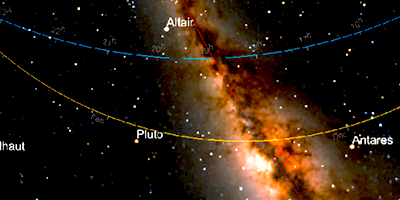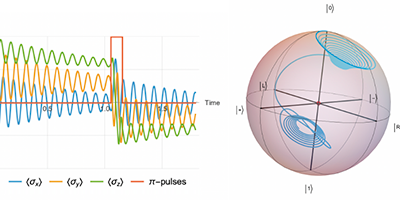Interpreting with Neural Nets, Preventing Collapses and Beyond: Wolfram Community Highlights
People from around the globe continue to join Wolfram Community, our tech-oriented social network, which now surpasses 19,000 members. Along with an improved platform design, we have also introduced new features—now, discussions contain statistics of likes, views and comments, so when your post becomes popular you can showcase the metrics of your success. Sharing has also become easier with an in-discussion, social media–sharing toolbar. We’ve introduced skills and job opportunities in member profiles, so keep yours up to date—it might be quite beneficial for your networking and career.

Take a look at some of the posts making Wolfram Community so popular. We’d love to see you posting your Wolfram technology–based projects too!
How Does a Neural Network That Only Knows Beauty Interpret the World?, by Marco Thiel
How does a neural network “see the world” if it has only been trained on beautiful images? Marco Thiel, a professor from the University of Aberdeen, UK, shows how easy it is to answer this not-so-easy question with the Wolfram Language. The diversity of models in the Wolfram Neural Net Repository and elegant architecture of the Wolfram Language across various domains makes this usually laborious project a breeze.
Punctuation Restoration with Recurrent Neural Networks, by Mengyi Shan
When processing natural language (as with automatic speech recognition), the generated text is often not punctuated. This can lead to problems during further analysis. Mengyi Shan, a Wolfram Summer School student, works with the Wolfram Language in training ten neural networks to recognize where commas and periods should appear. This post received attention from news outlets around the world.
Genoa Bridge Collapse—How to Prevent This from Happening Again?, by Marco Thiel
In August 2018, an exceptionally strong storm caused a large suspension bridge in Genoa, Italy, to collapse, killing at least 43 people. Professor Marco Thiel comes back to explore a computational approach to understanding infrastructural issues, using Germany as an example. With just a few lines of Wolfram Language code, you can determine where unsafe bridges are grouped, the correlation between a bridge’s age and its safety level, and how much infrastructure spending has changed within a given period of time.
From Intersecting Cylinders to Ambiguous Rings, by Erik Mahieu
The ambiguous circle illusion left people with lots of questions. Erik Mahieu uses the Wolfram Language to create an educational analysis for 3D-printed models that produces the illusion in the physical world. His demonstration walks you through the steps from the initial Manipulate to the finished, printed product.
UNET Image Segmentation in Stem Cells Research, by Ali Hashmi
It’s inspiring to see Wolfram artificial intelligence technology empowering real-world research on stem cells, such as at the Developmental Biology Institute of Marseille. Doctoral student Ali Hashmi shares his research advances and neural network design, and expresses appreciation for the Wolfram development team for the efficiency of the Wolfram machine learning framework.
Playing with Gilpin’s Proposal for Advection-Based Cryptographic Hashing, by Michael Trott
Recently, a paper was published that discusses a fascinating hashing algorithm based on fluid mechanics, and that mentions that all calculations were carried out using the Wolfram Language. As no notebook supplement was given, Wolfram’s Michael Trott reproduced some of the computations from the paper. This post is of particular interest to fans of stunning graphics and captivating computational storytelling.
Analyzing and Visualizing Chord Sequences in Music, by Paolo Lammens
During the Wolfram High School Summer Camp, Paolo Lammens developed a tool to identify chord sequences in music to create a corresponding graph. This represents all unique chords as vertices and connects all pairs of chronologically subsequent chords with a directed edge. Using MIDI files, Paolo shows every step of the visualization process.
If you haven’t yet signed up to be a member of Wolfram Community, please do so! You can join in on similar discussions, post your own work in groups of your interest and browse the complete list of Staff Picks.










Hi Chapin,
Just want to say I love reading every blogpost on Wolfram (even though some of the post are a bit too complex for me)! Keep up the good work :)